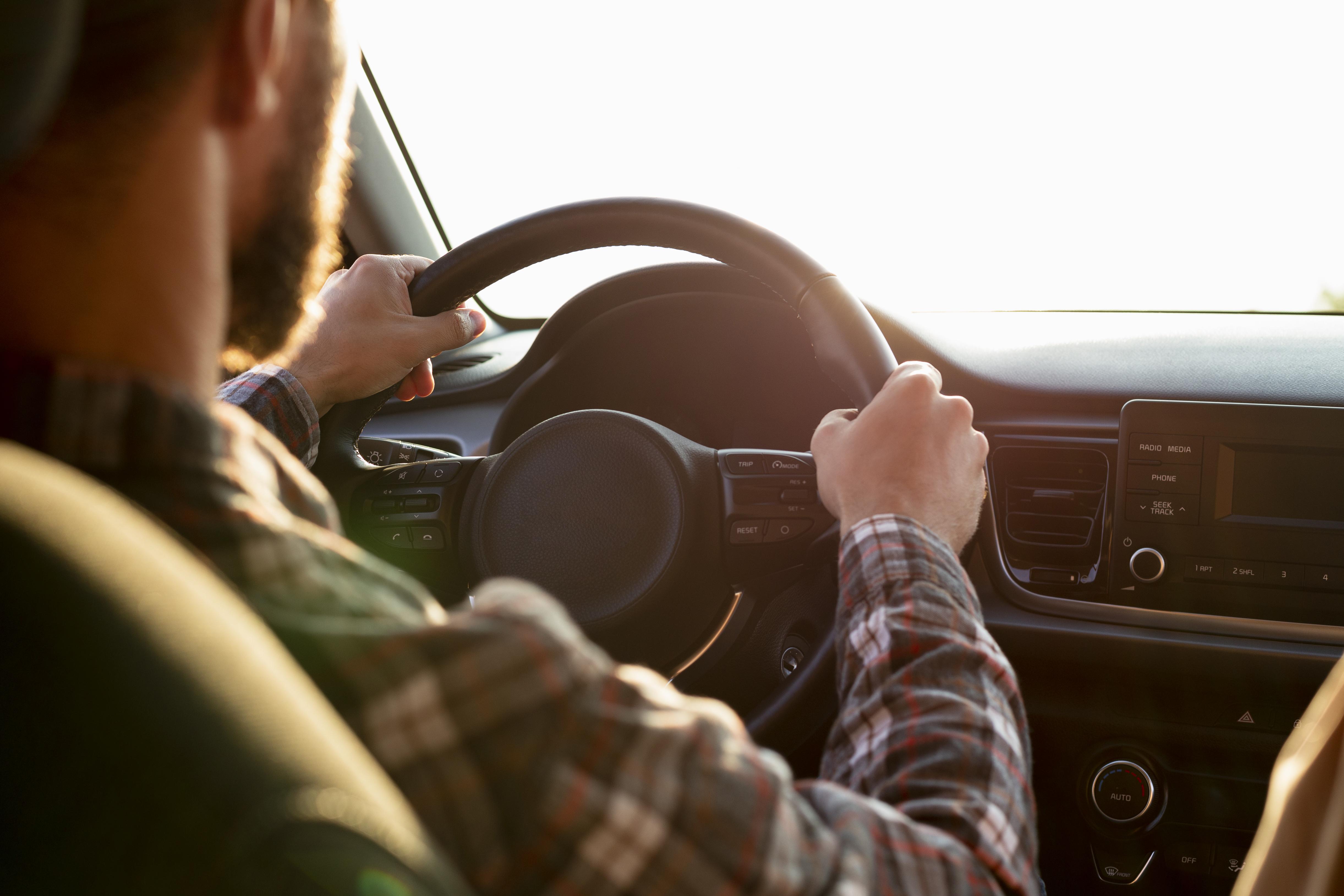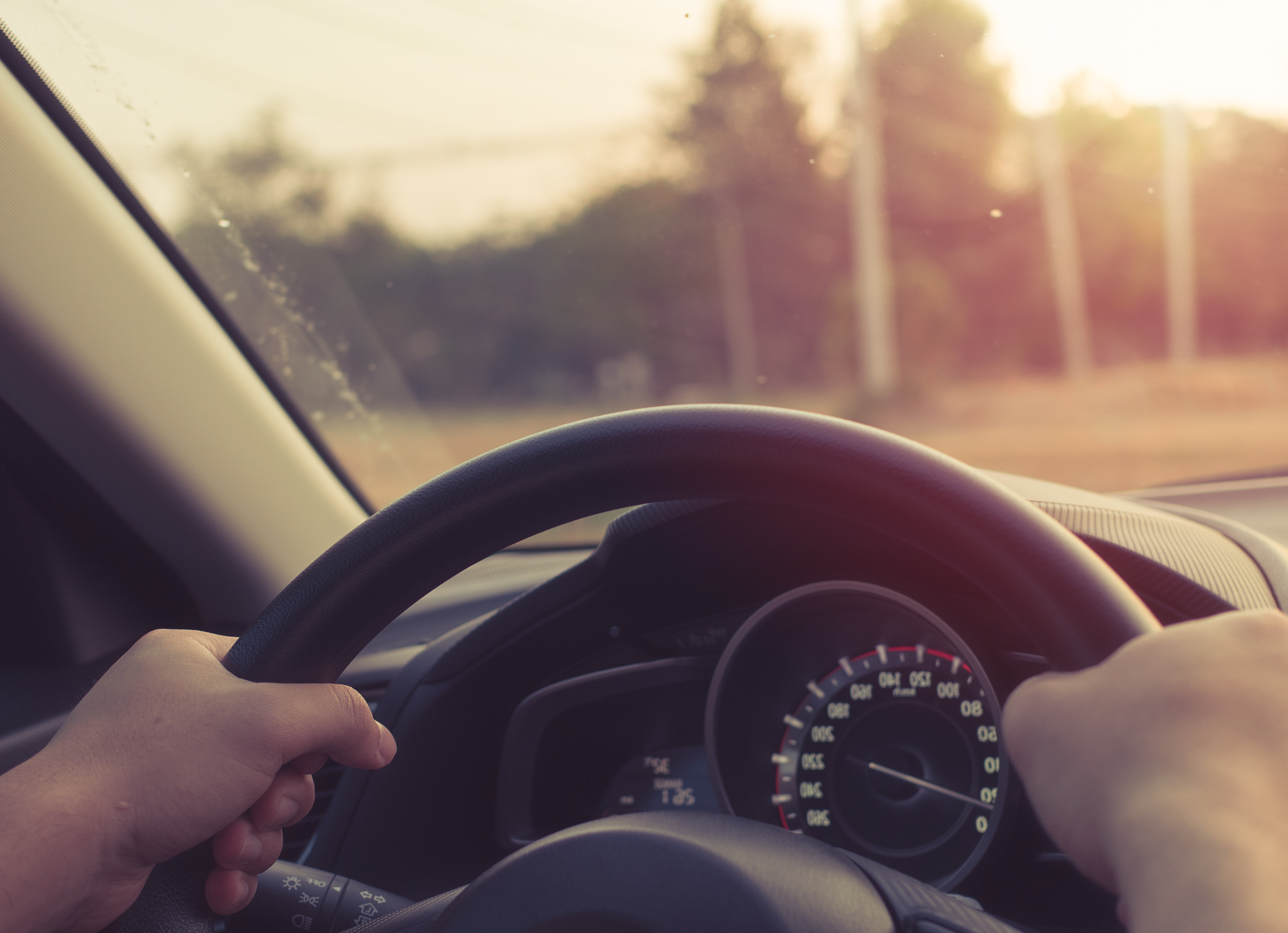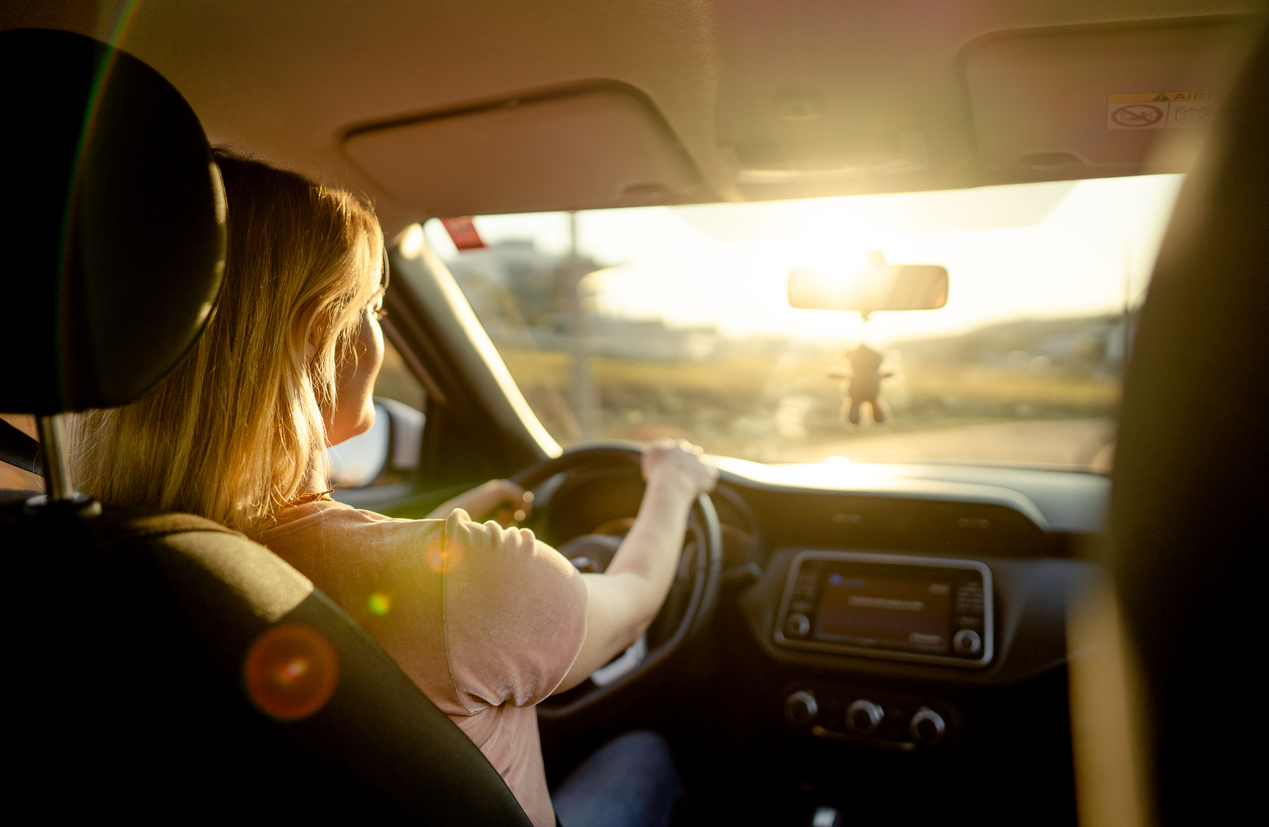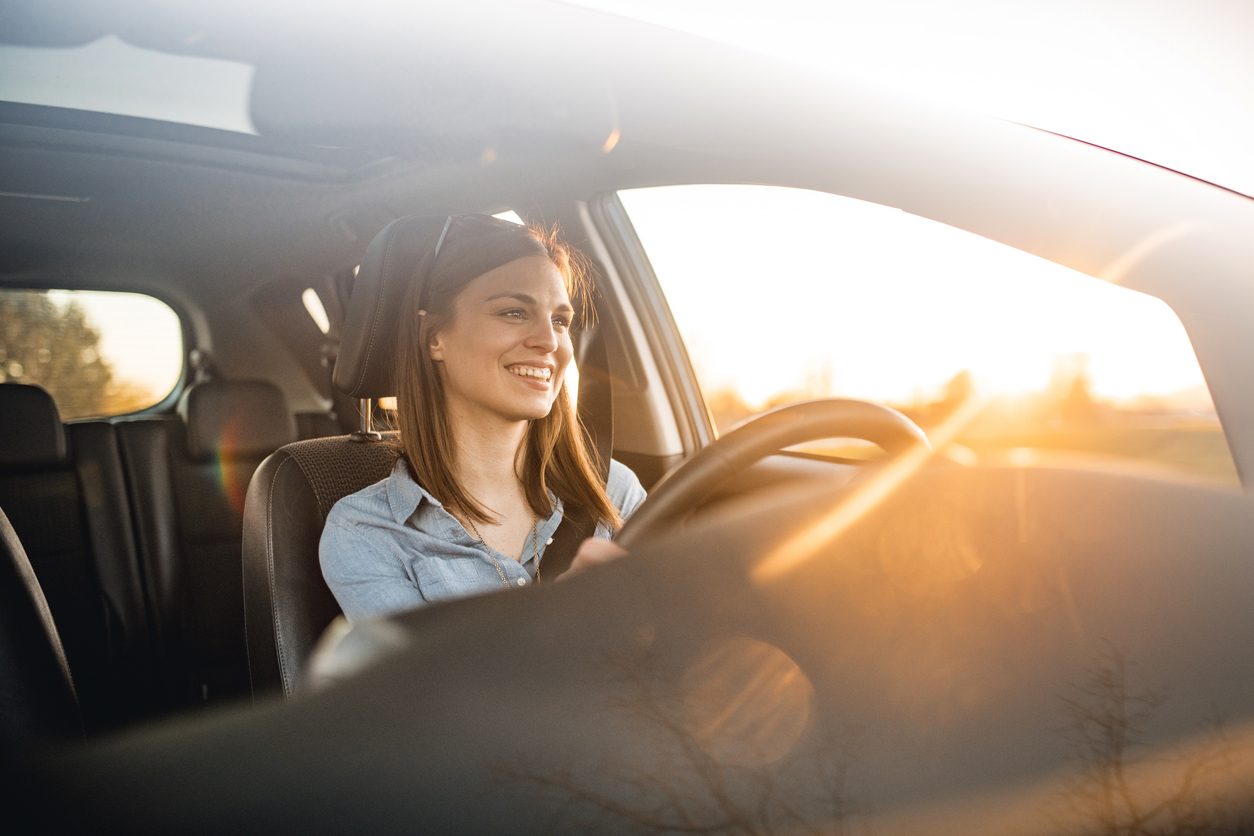Image by Kyle May
Many Brits are scared to drive abroad, and the difference posed by driving on the right-hand side of the road is one of the main issues. As such, the UK's first left-hand driving school was recently opened. The one-off course was a sell-out and should return, due to its popular demand. In the meantime, if you're nervous about driving in a foreign country for the first time, read on for some valuable, nerve-calming advice.
How to adjust to driving on the right
Driving on the right side of the road is vastly different to driving your car in the UK because the steering wheel will be on the left-hand side of the car. As such, you should consider the following:
- If you are sat on the left-hand side of the car instead of the right, you will need to operate essential driving apparatus, such as the gearstick with your opposite hand.
- Permanently resting your right hand on the gearstick – at least at first – will help prevent you from opening the window every time you need to change gear.
- Similarly, resting your left elbow on the armrest or window of your car will help you assume the driving posture needed for driving a left-handed drive car.
- The lane markings will be in a different position relative where you're sitting. Therefore to avoid swerving across lanes, compare the position of the left-hand side of your car to the road marking on your left.
- The gearstick and driver's seat may have switched place in a left-hand drive car, but the pedals are in the same position, so the accelerator remains in the same position.
It might sound obvious, but you need to remember that you are driving on the right-side of the road at all times. Try and make that memory stick by repeating, 'I need to drive on the right-hand side of the road' over and over like you would when trying to remember a phone number. This is a proven technique for memory formation and could save you from having a nasty incident.
Outside of the car, you should familiarise yourself with the difference in the road system when driving on the left. As such, you should consider the following:
- In the UK, right-hand turns are the most dangerous because you are crossing lane of oncoming traffic. In Europe, the opposite is true and left-hand turns are more dangerous.
- Roundabouts are based on the rest of the system, which is the reverse to the UK also. As such, you need give way on the left and drive around anti-clockwise.
- When you emerge from a side road, always look to the left for oncoming traffic first.
- Don't forget to look to the right, though, especially in France and Belgium. In those two countries, priority is given to vehicles in side roads to the right of a main road.
- If you're driving down a narrow lane, you will need to remember to pull over to the right-hand side when letting on-coming vehicles pass.
- It's also important to remember the fast and slow lanes are also reversed on dual carriageways and motorways in Europe.
- This means that the overtaking lane is on the far left and the slow lane is on the far right. So until you've found your confidence on foreign roads, it is advisable to stick to the lane on the far right.
Make it easier on yourself
Cities are the most stressful places to drive, so if you can, pick up your car way from the city and ease yourself into the foreign driving experience. In most cities in Europe, the public transport will be sufficient for getting you where you need to be. If you're staying within the city limits and want to plan an excursion outside, try and arrange to pick up your hire vehicle on the city's outskirts.
amiliarise yourself with your hire vehicle before you pull away. Get in, check the seat, open all the windows, adjust the seat, and locate the gearstick and switch for the windscreen wipers. Don't let yourself fall into the trap of having to find all these things for the first time only when you need them, mid-journey.
Know the laws
In Europe, the traffic laws can be very different to those in the UK. For this reason, it is essential to research the traffic laws that are specific to the county you plan to drive and holiday in. To help set you on the right road, here are some initial pointers to the main differences:
- In many European countries, you are required to have your headlights on at all times, even in daylight hours.
- Unless there is a sign that specifically says you can, it is illegal to turn right at a red light in many European countries.
- You are required to carry a reflective jacket and other safety equipment at all times in many European countries. *
- In France, another piece of essential kit that you need to carry all times is a breathalyser.*
*These should be supplied with your rental vehicle, if the country you are driving in requires them. However, from a legal perspective, it is your responsibility to check that you're carrying these items, so make sure you got what you need before setting off.
Giving yourself peace of mind
To protect yourself against having an accident, it is important that you are properly insured. Most rental companies in Europe will include basic liability insurance and a Collision or Loss Damage Waiver (CDW or LDW) that protects against damage and theft. However, even with the rental company's CDW or LDW in place, you may still be liable to pay an excess.
The excess is the amount the renter is liable to pay before the CDW or LDW, which covers the remaining value of the vehicle, comes into effect. If you have an accident behind the wheel of your rental car, the excess could cost you thousands of pounds, regardless of whether it's your fault.
As such, car rental companies will try and sell you their excess waiver insurance (EWI) that reduces the excess you’d be liable to pay. However, these waivers have received a lot of bad press – like this example on the Mail Online – for being too expensive and sometimes doubling the cost of car hire. There is a cheaper alternative available though in the form of stand-alone car hire excess insurance.
Excess insurance sold by iCarhireinsurance.com is up to 70% cheaper than EWI sold over the rental desk. As such, publications like The Guardian are recommending that holidaymakers buy excess insurance from standalone providers before they pick up their rental car.
Excess insurance works by reimbursing you the full amount of excess charged once a successful claim has been submitted. For more information about excess insurance and to get a quote from iCarhireinsurance.com that will give you peace of mind, click here.
If you feel better prepared for driving in a foreign country after reading this blog, please take the time to share this post on the social network of your choice.









